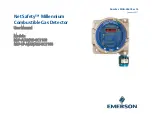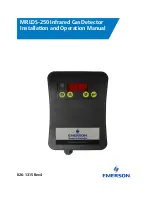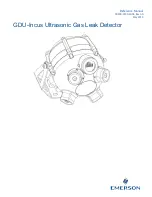
Brown Area (0-10) :
Magnetized rocks
Blue Area (10-40) :
Ferrous metals, iron rocks, salty and alkali soils
Yellow/Orange Area (40-70) :
Gold, foil, soda can, pull-tabs, some coins etc.
Red Area (70-99) :
Copper, brass, aluminum, silver, gold, some coins, pull-tabs, some
magnetized rocks etc.
Above data may vary according to the field conditions. Coins searched throughout the world are
made of different metals and in different sizes in different geographical locations and historical
eras. Therefore, in order to learn the Target IDs of the coins in a specific region, it is suggested to
perform a test with the samples of such coins, if possible.
It may take some time and experience to utilize the Target ID feature in your search area because
Target IDs as well as the depths the IDs are generated by different brands and models of
detectors are also different.
As indicated before, ID FILTER feature is the ability of the device to perform search without
producing warning tones for unwanted metals. ID FILTER feature is not active in the All Metal
mode. ID FILTER values of discrimination modes are preset. Users may modify the ID FILTER
values from the menu anytime.
In order to change the ID FILTER value, select the ID FILTER option from the menu and decrease
or increase the value using the + or - buttons. Please remember that you can miss certain metals,
other than the ones you want to ignore, or signals may become weaker when performing this
action.
For instance, when you set the ID FILTER to 40, the device will ignore all reflected signals with an
ID lower than 40 and will not provide a warning tone. In the case that the ID of a target under a
rock is reflected under 40, the device will not detect the target.
To give another example, in the case of receiving multiple IDs - let's say 35 and 55 - due to target
orientation or metal property, if you filter the IDs up to 40, 35 will fall in the filtered range so the
signal strength may diminish and depth may decrease.
Page_18
Target ID and ID Filtering










































